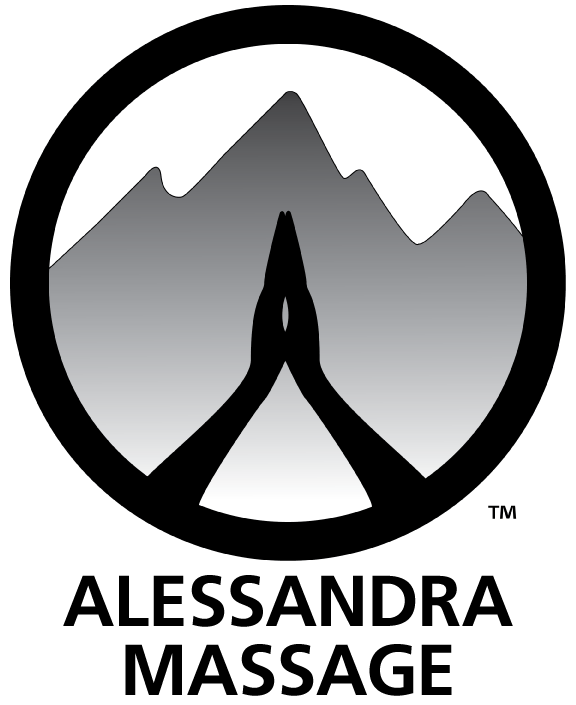In my last wellness article published in May, I explained a smorgasbord of foundational massage modalities offered in our culture, including Swedish, deep tissue, sports massage, and myofascial release techniques. That article can be found on my website. Herein I address additional techniques, which add variety and focus to the previous menu of bodywork modalities. Some I currently offer, others I have limited experience with.
Read moreMassage Methodologies 101
What flavor massage would treat you best? Like a smorgasbord full of delectable treats, it can be a bit confusing for people with all of the different massage techniques advertised to select the proper bodywork provider for their particular needs. Some clients seek nothing but 60-90 minutes of utter relaxation, while most want a combination of that and therapeutic methods to help with ailments causing discomfort.
Read moreChallenging this Massage Therapist’s Mind
Off-season in resort towns such as ours is a time for locals to slow down, regenerate and do things we otherwise can’t find time for in our increasingly boisterous fast-paced community. This fall I never slowed down, but I did find the time to combine a bit of travel with interesting continuing education courses in bodywork modalities new to me. Colorado doesn’t require Licensed Massage Therapists to acquire education credits annually, but it’s something that I find invaluable, and pursue regularly regardless. Adding to the toolbox, stimulating the brain, and refreshing one’s practice can only be a good thing, for practitioner and client alike!
Read moreSciatica Syndrome and Massage
Perhaps due to extreme summer sports, long hours sitting, or the average age cohort of my clients, I have had a wave of massage clients this summer experiencing sciatica-type symptoms, which can be alarming and unbearable. Sciatica is not a condition, but a symptom of another issue; it’s the name of the pain caused by irritation of the sciatic nerve.
Read moreUnleash the Mighty Psoas
The psoas, a dynamic 16-inch-long involuntary hip-flexing, core muscle which connects the upper and lower body, providing structure, stabilization, and locomotion, can also contribute to healthy digestive, emotional and sexual function.
Read moreThe Rotator Cuff Is Not A Muscle
The rotator cuff is not a muscle. Clients often complain of pain or surgery on their rotator cuff, yet they do not know which muscle is affected. The rotator cuff is a mechanism controlling the stability and motion of the shoulder joint, made up of four distinct, independent muscles, which can be considered the shoulder’s core muscles.
Read moreMassage Cupping: An Innovative Approach to a Traditional Technique
Cupping, and the signature dark marks left on recipients of its treatments, is gaining steam in western culture. This form of bodywork has been receiving mainstream attention with the media's exposure of marks on Olympian athletes in Rio, and the growing popularity of acupuncture and cupping in our society.

